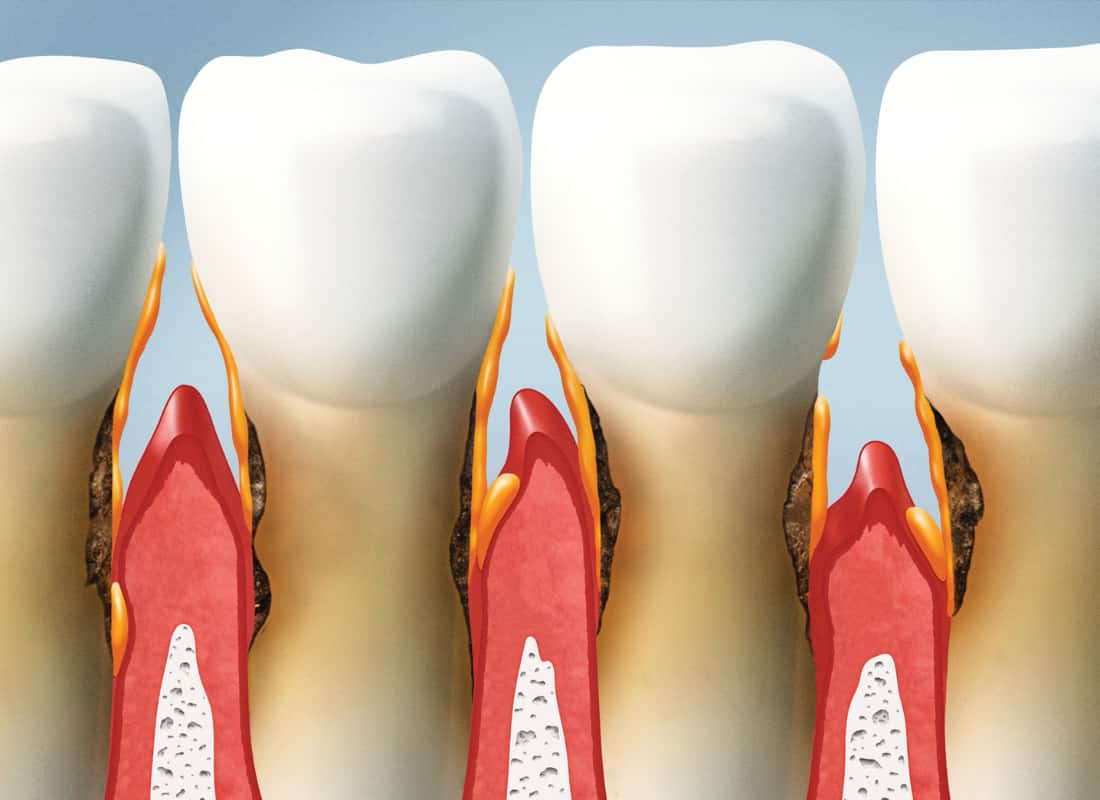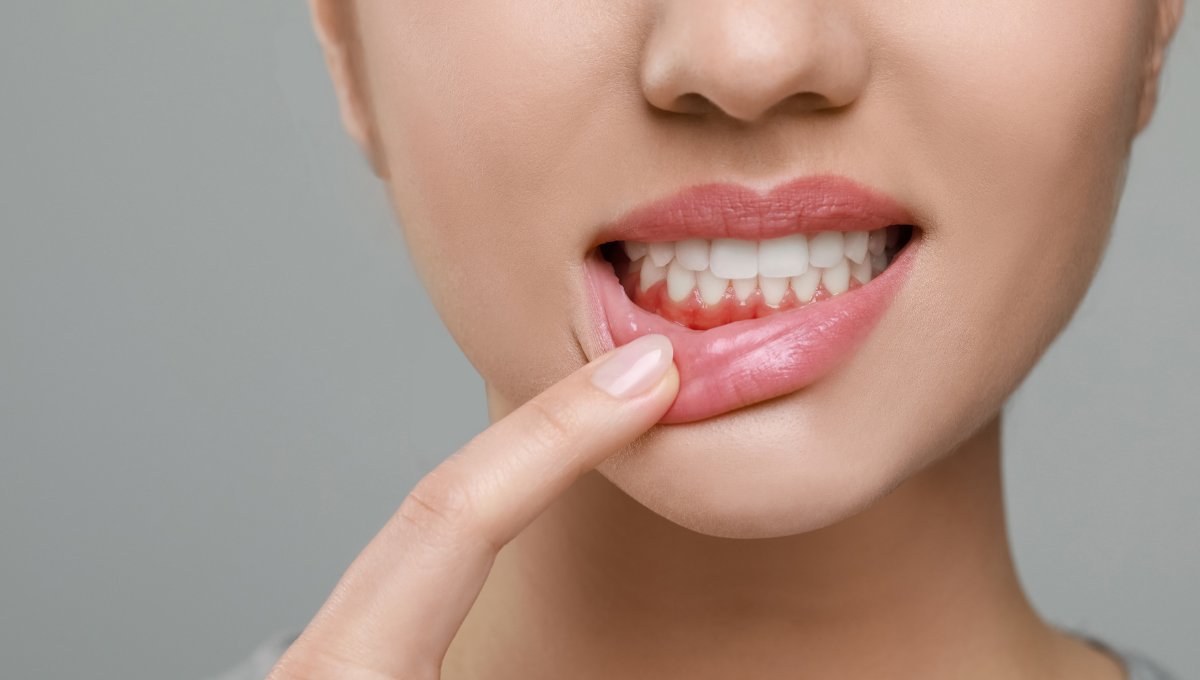Gum recession is a term we often hear, but many people may not have a basic understanding of its causes, initial symptoms, and how to restore gum health. It seems to appear frequently in advertisements for oral care products, yet its severity as a disease may not be widely known.
In fact, receding gum is almost always an early indication of oral health issues. Essentially, when gums show symptoms such as swelling, inflammation, suppuration, bleeding, or recession, it often indicates oral problems are emerging. Here, we will analyze the causes of gum recession, what the initial symptoms are, and how to restore oral health.
What are the causes of gum recession?
Various reasons can lead to this problem, aside from the most common, periodontal disease. Even among those who clean their teeth on a daily basis, gum recession can still be caused by bad brushing habits or innate dental issues like tooth loss or misalignment. Several common reasons for receding gums include the following:
-
Improper brushing technique
: Brushing too hard or using a toothbrush with hard bristles can erode tooth enamel, leading to gum recession. It is advisable to use a soft toothbrush and brush gently.
-
Poor oral hygiene
: Irregular brushing or inadequate use of dental floss can cause plaque to accumulate and harden into calculus. Long-term calculus buildup can lead to gum disease and receding gums. To maintain oral health, ensure to floss regularly and brush daily.
-
Teeth grinding
: Individuals who grind their teeth or clench them frequently can put excessive pressure on their gums, leading to tooth wear and gum retracting. Consider incorporating stress-relieving exercises to alleviate teeth grinding and reduce gum pressure.
-
Smoking
: Smoking is also a major cause of gum recession. Research shows a significant link between smoking and the severity of periodontal disease. It is best to give up smoking altogether to reduce the risk of gum disease.
-
Periodontitis
: Periodontitis is a type of gum disease where the gums pull away from the teeth and form pockets. This can lead to infection of the gum tissue and damage to the supporting bone and tissues that hold the teeth in place, potentially causing teeth to become loose or even fall out. Practice good oral hygiene, which includes brushing and flossing correctly, to avoid this condition.
What are the symptoms of gum recession?
Gum recession serves as a warning sign of periodontal disease. Poor oral hygiene and inadequate teeth-cleaning habits can lead to the gradual accumulation of plaque. Over time, this plaque hardens into calculus (tartar), which can cause gum disease. This eventually can destroy the alveolar bone, which supports the teeth, making recession likely. So, how can you detect the signs of receding gum early and seek prompt treatment?If your gums start to recede and the root of your tooth is gradually exposed, one of the most noticeable symptoms is increased tooth sensitivity. You might also notice that your teeth appear longer when you look in the mirror. Once a gumline recession begins, it cannot recover on its own, especially when it is caused by severe gum disease. At this stage, restoring the already-receded gums becomes challenging.

How to treat gum recession?
Treatment for receding gingiva (gum recession) includes scaling, root planing, and gum surgery. If your dentist identifies gum recession during an examination, they may first recommend scaling and root planing to remove plaque and calculus from near the gum line, within gum pockets, and on the tooth roots. This thorough cleaning process may require local anaesthesia and the use of an ultrasonic cleaning device by the dentist to clean the tooth roots thoroughly.If your case is severe, your doctor may recommend gum surgery such as gum flap surgery or gum grafting.
In summary, it may be difficult for people to determine if their gums are receding on their own, so the best approach is to have regular check-ups at your local dental clinic to identify and get gum recession treatment. Early treatment can prevent it from getting worse.
Individuals experiencing early-stage gum retraction should be aware that it cannot be reversed if periodontal disease is the underlying reason. Therefore, starting treatment as soon as possible is the best strategy to stop gum health from declining. If you have misaligned teeth, consider contacting Dr Clear Aligners for a free online smile assessment to obtain a personalized correction plan.
